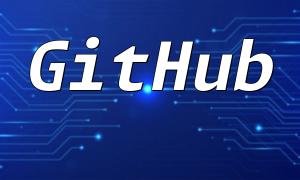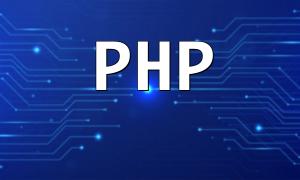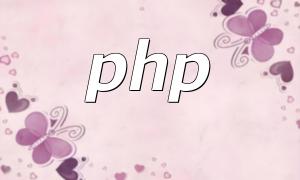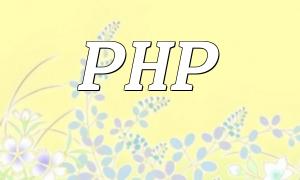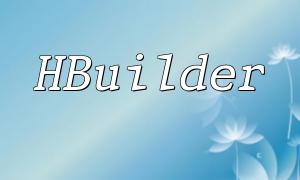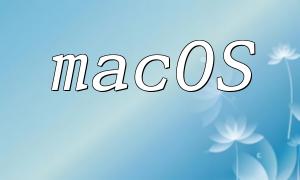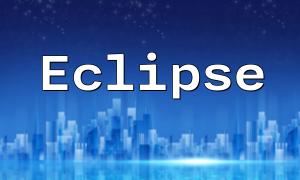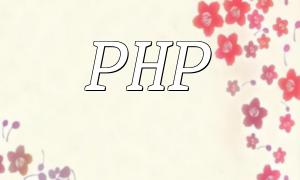In modern web development, the combination of PHP and jQuery offers powerful tools for handling dynamic content and interactive effects. Mastering decoding techniques is especially important during data transmission and presentation. This article explores decoding methods in PHP and jQuery to help developers optimize web application performance and user experience.
Decoding technology refers to the process of restoring encoded data back to its original form. In web development, data is often transmitted in formats such as JSON or URL encoding. Understanding decoding principles ensures accurate data transfer and display.
PHP offers various decoding methods, with JSON decoding and URL decoding being the most common. The following basic examples illustrate how to use them.
When receiving data in JSON format, you can convert it into a PHP array with the following code for easier manipulation.
$json_data = '{"name": "John", "age": 30}';
$array_data = json_decode($json_data, true);
print_r($array_data);
?>Here, the json_decode function converts the JSON string into a PHP associative array for easier data handling.
For URL-encoded data, the urldecode function restores it to a readable format as shown below.
$url_encoded_data = 'name%3DJohn%26age%3D30';
$decoded_data = urldecode($url_encoded_data);
echo $decoded_data;
?>This method effectively reverses URL encoding for subsequent processing.
In front-end development, jQuery provides methods for decoding, especially useful when parsing data returned by AJAX requests. The example below demonstrates how to parse JSON data using jQuery.
After fetching data via an AJAX request, jQuery’s built-in methods can parse the response into a JavaScript object.
$.ajax({
url: 'data.php',
method: 'GET',
success: function(response) {
var data = JSON.parse(response);
console.log(data);
}
});In this snippet, JSON.parse converts the response string into an object for easier manipulation.
To maximize the effectiveness of PHP and jQuery decoding techniques, consider the following best practices:
Ensure data sources are reliable to prevent security vulnerabilities.
Handle exceptions such as invalid JSON or encoding errors to maintain program stability.
Choose appropriate data encoding formats to improve transmission efficiency and performance.
Decoding techniques in PHP and jQuery are essential tools for creating dynamic web pages and interactive features. Applying these methods properly can significantly enhance data processing and user experience. This article aims to help you better understand and master these decoding skills.
